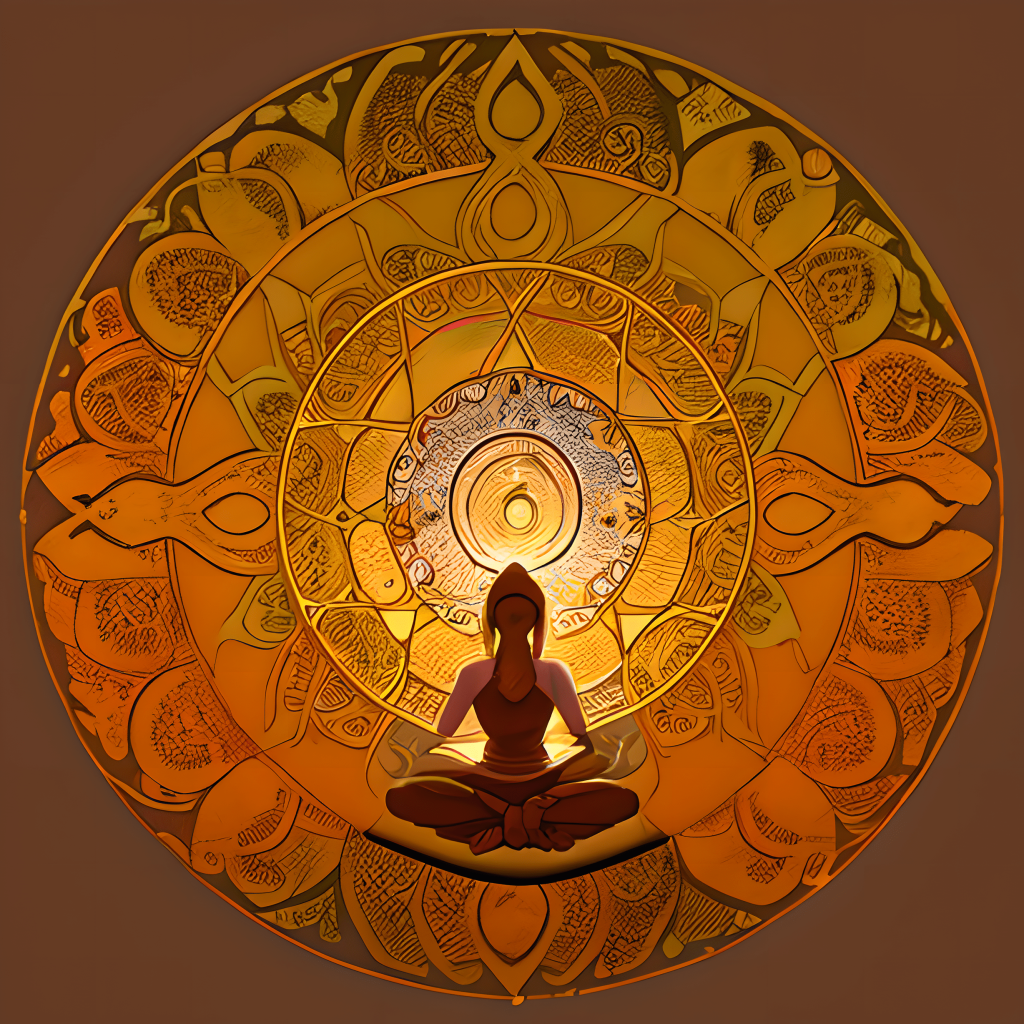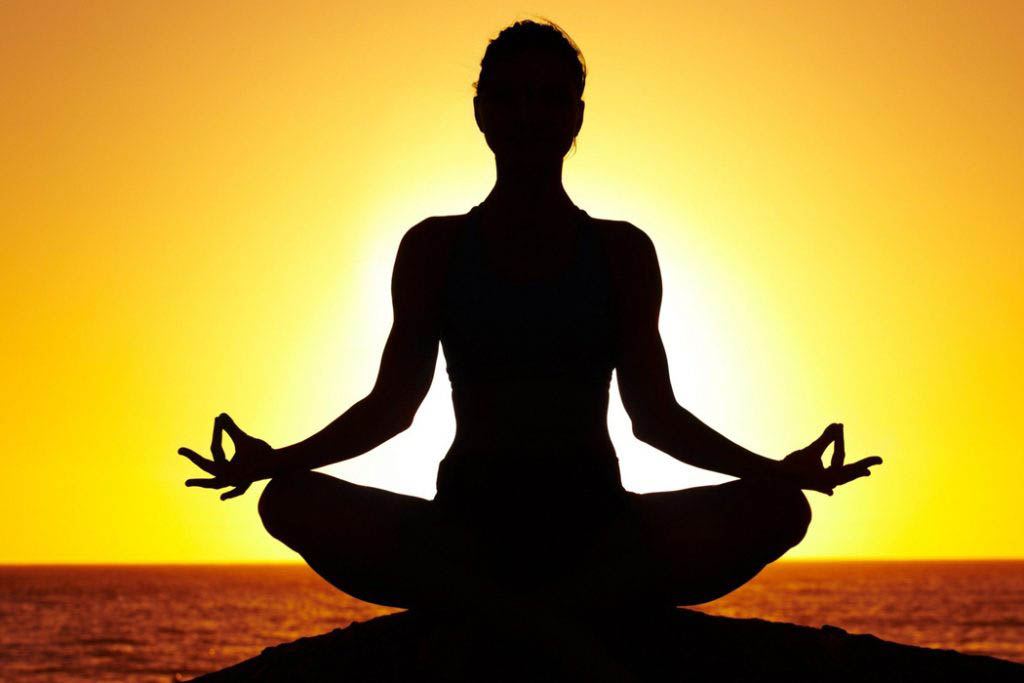Every year, June 21st is celebrated as International Yoga Day around the globe. Millions of modern day health conscious yogis, roll out their yoga mats to observe this day as a holistic approach to health and well-being. I believe, you would be interested to know the story behind the inception of ‘International Yoga Day’, isn’t it? Let’s read on some interesting modern day facts before we quench our thirst on learning the historical origins of Yoga and the story connecting the ancient Hindu spiritual practices to present day necessity of life linking millions across the globe from East to West towards conscious divine Art of Living.
Inception of International Yoga Day
The idea of International Yoga Day was seeded and proposed by the current Prime Minister of India, Mr. Narendra Modi at UNGA on 27 September 2014. During his speech, he stated:
Yoga is an invaluable gift of India’s ancient tradition. It embodies unity of mind and body; thought and action; restraint and fulfillment; harmony between man and nature; a holistic approach to health and well-being. It is not about exercise but to discover the sense of oneness with yourself, the world and the Nature. By changing our lifestyle and creating consciousness, it can help in well-being. Let us work towards adopting an International Yoga Day. – Narendra Modi, UN General Assembly (Source: Wikipedia)
Less than three months after Mr. Modi’s proposed idea, the UN general assembly passed a resolution entitled ‘International Day of Yoga’. Mr. Modi proposed June 21st as a date because as per Indian spiritual perspective, summer solstice marks the beginning of imparting yogic knowledge to rest of the mankind by the Supreme Adi Yogi (the first Yogi) referring to Lord Shiva, the Lord of paramount significance in Indian Mythology. Lord Shiva, is a benevolent yogi guru who in the manifestation of ‘Dakshinamurthy’ – the one facing south; imparts wisdom on Ultimate Awareness, Self-Realization and Yogic Knowledge to the seekers of salvation. And that’s how, June 21st was coined as ‘International Day of Yoga’ with the motto – Yoga for harmony and peace.
Irrespective of whether you are a novice yogi or a scholar, a yogi’s quest is to trace his or her practice back to its source to realize the ultimate truth. There has been certain degree of indistinctness regarding Origins of Yoga in Ancient India. Historical timelines and tree of yoga is an amazing piece of information known to mankind for more than nine thousands years with the roots traced back to 1800 BCE- early Indus valley civilization during which period , a number of seals and fossil remains of Indus Saraswati valley civilization with artifacts depicting seated yogic postures, motives and figures performing yoga were found. Before we proceed with the ancient origins of yoga, I will give you a brief prelude on yoga.
Yoga – An Ancient Indian Spiritual Wisdom
Yoga is derived from a Sanskrit word ‘Yuj’ which means “union’, “to yoke or join” and “samadhi” or “concentration”. It is pronounced as ‘Yogh’. It encompasses a whole body of spiritual experiences and is a sacred ancient Hindu practice that aims to connect the mind, body and soul. Yoga can be defined both as an effort to restore harmony between the mind-body complex and as an effort to reunite individual consciousness with the divine or universal consciousness. Yoga has been practiced since prehistoric time for thousands of years and over the years, many different interpretations have evolved. The sacred teachings of Yoga have sprung from the spiritual soil of ancient India which are more popularly known as “sanatana dharma” or the “eternal way”. There is enormous amount of information available in the in the books, I have given my best attempt to compile and simplify it for better understanding. It won’t be feasible to cover such vast ocean of knowledge in one single blog, so I have decided to cover each of this sections topic wise in my subsequent blogs. Let us now learn what each of these definitions teach us:
- Vedas: The Upanishads, Epics, Puranas used the word “yoga” to understand the science of controlling the body, senses, mind and intellect.
- Patanjali Yoga Sutras: Defines yoga as a technique to master the roaming tendencies of mind. A medium that can keep mind away from any disturbances. Sage Patanjali describes in his Yoga Sutras, the eight fold path of enlightenment, a masterful Sanskrit work comprising of series of 195 yoga sutras that present essence of yoga in the form of eight divisions or limbs known as Ashtanga Yoga. These eight limbs are: Yama, Niyama, Asana, Pranayama, Pratyahara, Dharana, Dhyana, Samadhi.
- Katha Upanishad: Defines yoga as a technique to keep all the physical world senses steady and detached from worldly desires. It is a technical process to divert the senses toward the inner reality –the spiritual core.
- Yoga Vashistha: A philosphical text comprising of six books containing 29000 verses is a discourse of Sage Vashistha to Lord Rama.
- Bhagavad Gita: Defines yoga as science of purity of mind and union of balanced mind with the divine. It gives knowledge on dissociating from worldly physical suffering and explains the four yoghs of action, knowledge and devotion to help us achieve the purpose and meaning of life through process of self-realization.
Jnana yoga means yoga of knowledge
Karma yoga means yoga of action
Bhakti yoga means yoga of devotion
Raja yoga means yoga of psychic control - Yoga Yajnavalkya: Explains yoga as technique for union of the individual self (jivatma) with the Universal Self (paramatma)
The Ancient Sacred Origins of Yoga
The practices of yoga have started from the very dawn of civilization. In order to fathom the historical passage of yoga in the great wheel of time cycle, for the purpose of better understanding, the great yogic spiritual tradition can be divided into three major time frames:

- Pre-historic period: It is the age of yoga where the teachings were orally given by the Guru (Spiritual Teacher) to Shishiya (Disciple) in forest hermitages. This age is the age preceding the written scripture age. This is called the Vedic age (circa 1500-600 BCE). The earliest of the teachings are found in four major compilations: The Rig Veda, the Yajur Veda, Sam Veda and Atharva Veda. The exact age of this works is matter of uncertainty. Each Veda are further divided into four parts: The Samhitas which are collection of Vedic hymns in vedic rituals, the Brahmanas and Aranyakas comment and expand the Samhitas, while the Upanishads form the final portion of Vedas. The Vedas promote the harmonious relationship between individuality and Universality (Oneness with the Supreme – The Universal Cosmos) and bring profound awareness to the meditative dimensions of life.
- Historic period: Following the Vedic Age, came the period in which compilation of Vedas, an enormous collection of teachings, rituals and traditions were written, documented, recorded and made available for practices and study. The comprehensive interpretations of twelve Upanishads and the Brahma Sutras began the transition of from Vedic rituals to personalized yogic goals of self-realization, self-development, and balanced living. It is during this period, the two most revered epic poems of Hindu mythology Ramayana and Mahabharata emerged and the latter’s known quintessence the Bhagavad Gita. The Bhagavad Gita is the “song of the God”, a key teaching tale referred to as an ultimate sacred book of Yoga that describes the discourse between Lord Krishna and Arjuna, the proper “Yoga Bhava” and “Yoga Attitude” to cease human suffering and human crises. It sets the foundation of yoga as a way of life (“yoga is to break the bonds of suffering”). This period can be referred as the Post-Vedic age (circa 600-100 BCE).
- Modern age yoga: The pre modern period between 800 A.D. – 1700 A.D. is recognized as the Post-Historic period wherein the teachings of great Acharyatrayas-Adi Shankracharya, Ramanujacharya, Madhavacharya-were prominent during this period. The teachings of Tulasidasa, Suradasa, Mirabai were the great contributors during this period. The Hatha Yoga practices emerged during this period. The period between 1700 – 1900 A.D. is considered to be the Modern period in which the great Yogacharyas- Ramana Maharshi, Ramakrishna Paramhansa, Paramhansa Yogananda, Vivekananda have contributed for the development of Raja Yoga. This was the period when Vedanta, Bhakti yoga, Nathayoga or Hatha-yoga flourished. The modern age yoga coincides with the movement of Yogic teachings from East to West. Ancient India is the birthplace of Yoga. The concept of yugas is well established in Hinduism but even the Western philosophers have recognized and accepted these pivotal spiritual practices and techniques in the history of Modern Yoga.
Health Benefits of Yoga

The essence of yoga has gained global popularity due to its profound positive effects on mental, emotional and physical well-being. The combination of Asanas (physical poses or postures) with Pranayama (breathing exercise) and Meditation have shown immense promising health outcomes. Researchers from different parts of the world have studied the potential health benefits of yoga and have relentlessly published articles with vast body of scientific evidence and findings proving Yoga as an ultimate health stimulant for the Modern Day busy lifestyles. Few most prominent health benefits of yoga are improved fitness, improved flexibility, reduction in body aches and pain, reduced depression, better control on diabetes and blood pressure problems, mental sharpness, better sleep, better immunity to combat diseases, slower cellular ageing, reduced stress and inflammation, and improved heart health, better spine health and many many more health benefits. I will cover the health benefits of yoga in great depth as a complete guide in my upcoming blogs. Yoga has proved to be an integral part of life for the perfect harmony of body, mind and soul. It’s a gateway to holistic health.
Today, millions and millions of people within India and internationally have been benefited with the spiritual practices of meditation, yoga, and pranayama. The transcendent amalgamation of materialistic West with the spiritual East have created a major wave of cross currents, with new emerging concepts with respect to lifestyles and practices but one thing is for certain the ancient Indian word “Yoga” is known to each and every household across the globe and has received global recognition as a technique, method or medium for mental and physical well-being. Have a look at this beautiful documentary by Discovery Channel.
The Story of Yoga
Finally, if you liked reading this article do share it with your friends and family to give them an opportunity to embrace the ancient traditional spiritual practices that have originated from the spiritual land of India .
Wish you all Happy International Yoga Day!


